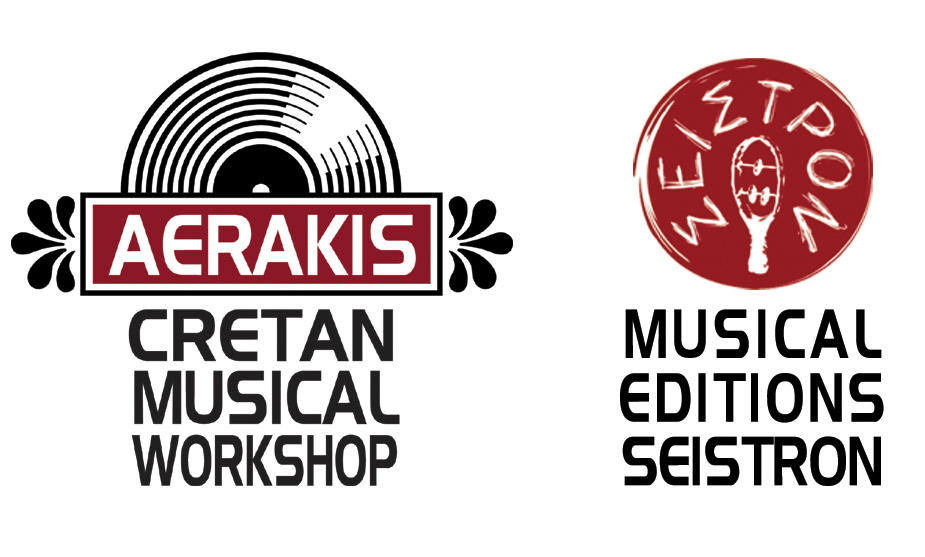FREE SHIPPING
FREE SHIPPING up to 100euros within Greece!
PHONE ORDERS
Call us 2810 225758.
Customer service & phone orders.
Mon. - Fri. 9:00-21:00, Sat. 9:00-16:00
PROMOTIONAL TITLE
Payment on Delivery (Greece Only) - Credit Card Payment - Bank Tranfer - PayPal Payment
status.loading
Your cart last entry...
YOUR CART TOTAL
Shopping cart
ZOOM


